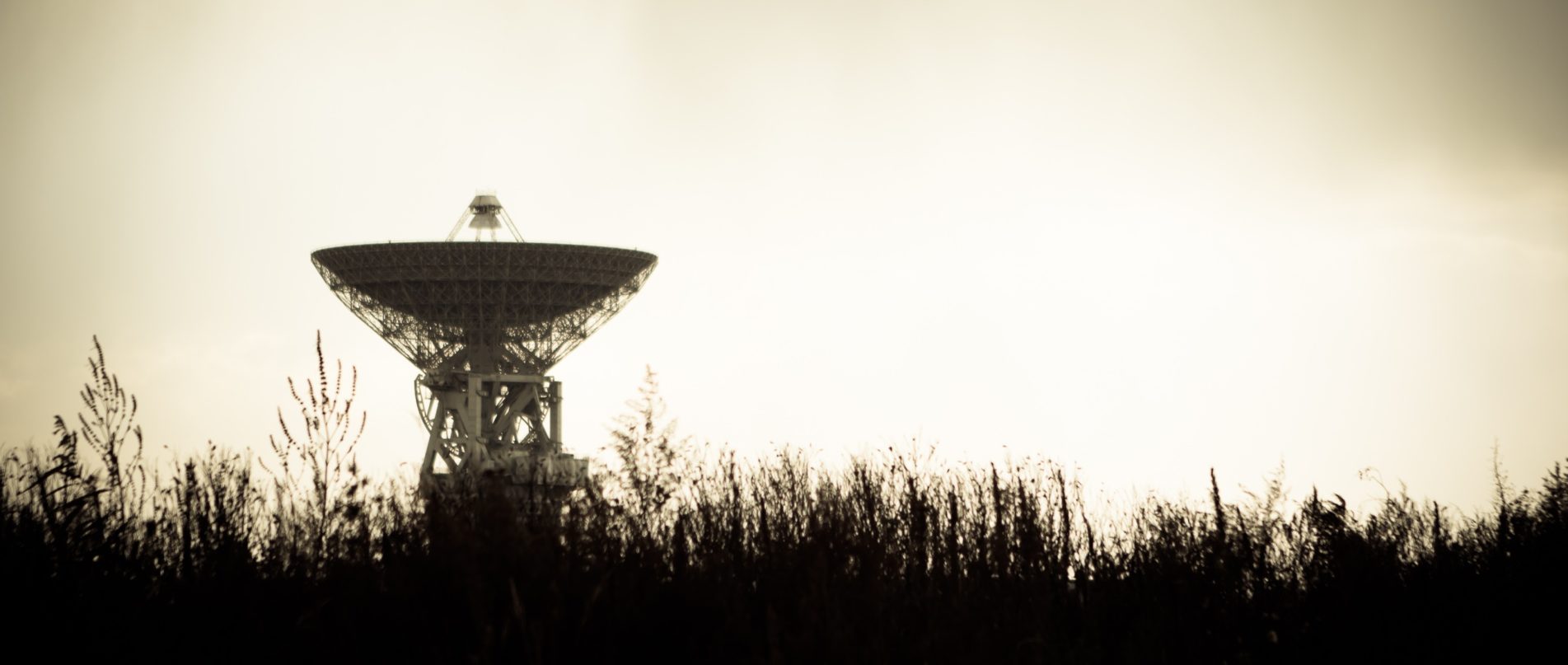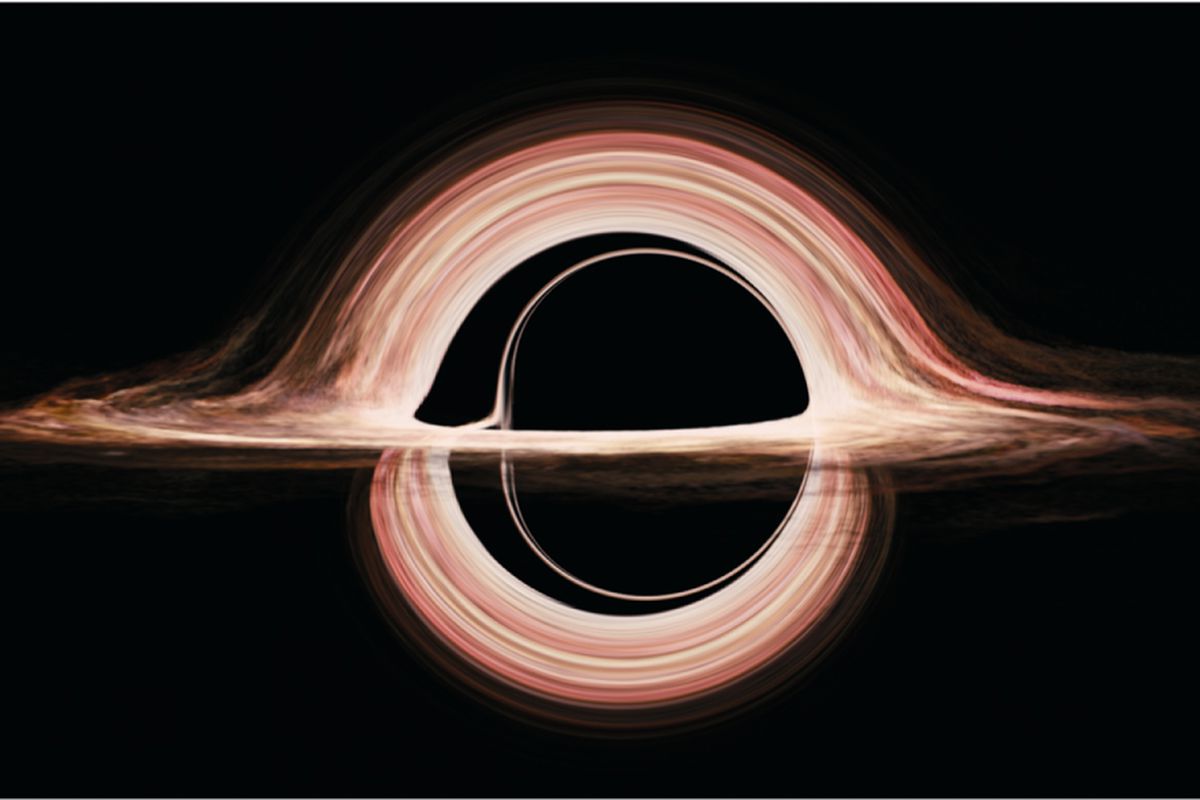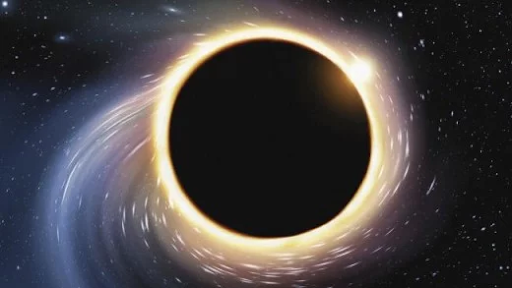
Prompt Images
In this part of our series, I’m going to speculate—perhaps irresponsibly—about what may or may not happen tomorrow morning’s reveal from the Event Horizon Telescope (EHT). This is an important time to remind our readers that I am not, nor have I ever been, a practicing physicist.
That caveat aside, I do think there are really only three plausible scenarios for what happens during the pending EHT press event:
1. The EHT team announces that they’ve seen a black hole and (fingers crossed) shares a picture with the public. In my opinion, this is the most likely scenario.
2. The EHT team announces that they are still working, and this whole media event was just a courtesy to make sure everyone knows they haven’t forgotten about us, the public. This is a possibility, but seems less likely given all the buzz these physicists are purposefully generating.
3. The EHT team announces they’ve made a big discovery, but it might not be a black hole after all. This seems very unlikely since there would probably be hints in the media about such an incredible plot twist.
If it’s No. 2, well, we are shit out of luck and I just lost the Pulitzer I was hoping to get with this amazing series on black holes. We need not discuss this option any further.

If it’s a black hole, here’s what we can expect.
First, we should temper our expectations a bit. The movie Interstellar set the bar pretty high when they hired one of the grandfather’s of black hole physics, Kip Thorne, to help create a simulation to visualize a black hole as realistically as possible. The film’s physics are sound, but the resolution of the images in the movie are just too good. The real image is going to be more Frogger than Red Dead Redemption 2. Or, if they do a little enhancing for the public, something in between.
But under no circumstances will you be seeing an image that looks like this:

Or this:

Best case, is probably something like this:

For some, such pictures will be a little underwhelming, almost like your nephew’s attempt at capturing the last solar eclipse with a pinhole camera for their science fair project. On the other hand, fuzzy or not, any picture of an honest to god black hole is A PICTURE OF AN HONEST TO GOD BLACK HOLE. So, suck it, anyone who needs “Portrait Mode” quality images to be satisfied.
And, what if it’s not?
As exciting as it would be to see our first ever picture of a black hole, it would be even more exciting if Sag A*—the believed location of the supermassive black hole—turned out to be something else. Some kind of supermassive and dark object that is not a black hole. Why would that be more exciting? Because it would be totally unexpected. Possibly a new kind of astronomical object requiring new physics. At a time when many physicists are desperately craving some new physics.
What else could Sag A* be?
Perhaps it could turn out to be a Dark Energy Star. Now we don’t have time to go into a detour about Dark Energy Stars, though if you are interested, I wrote a piece about them last year over at Nautilus Magazine.
For our purposes, it’s enough to know that Dark Energy Stars are not black holes, don’t have singularities, don’t trap things inside them forever, and, perhaps most critically, they might be donut shaped.
Who isn’t rooting for the donut shaped astronomical underdog?
There are other exotic contenders too, with names like Gravastars, Black Stars, and the not-so-stellarly named Semi-classical relativistic stars.
To be clear, these alternative contenders are long shots. And if the EHT had really discovered something completely new and exotic, it’s likely word would already have started to spread.
Still, it’s always good to keep an open mind.
If it is a black hole, what will we learn?
Well, we’d have a lot more evidence that black holes, event horizon and all, actually exist. Researchers studying the physics of the material that orbits outside of the black hole may learn some new things as well. But for most people, the image isn’t going to tell you anything more about black holes than you already know (or at least, learned while reading this series.
This is actually similar to how things went with the Higgs Boson and with gravitational waves.
In both of these previous cases, physicists believed in that particle or wave long before the experimental results ever arrived. So the results weren’t unexpected any more than it’s unexpected that the world’s best marathoner will cross the finish line a few hours after the start gun fires. The thrill is in witnessing the culmination of years of work in a single moment. Whereas the marathoner has been training, the scientists have been solving equations, building simulations, refining radio astronomy techniques, and finding clever ways to build ever bigger telescopes.
Should we finally see our first image of a black hole, the excitement is not merely in confirming what a black hole looks like (and that they do, in fact, exist), The thrill is in knowing that our adorably quaint little species was able to first imagine, and then capture an image of a nearly invisible astronomical monster from a distance of 26,000 light years away.1
Footnotes:
1 That is roughly 150,000,000,000,000,000 miles. But seriously, give yourself a pat on the back the next time you capture a quality pic of an owl or something from like 25 feet away. Look! You can see its little face!
